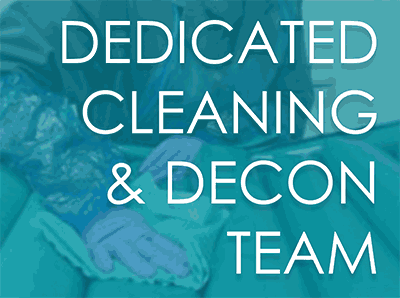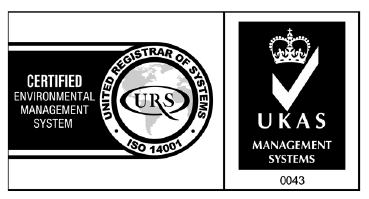What Causes a Pressure Ulcer?
There are a number of various factors that may contribute to the development of pressure ulcers, patients who are vulnerable to skin damage and their carers should be equipped with the knowledge they need in order to prevent pressure ulcers as much as possible. Pressure ulcers are caused when direct pressure is placed upon a particular part of the body over a prolonged period of time. Continuous pressure on the body restricts blood supply to the skin; various nutrients and oxygen are contained within the blood supply and this is needed in order to keep the tissue healthy, without continuous blood supply the tissue will damage and will eventually die.1
The causes of pressure ulcers can be divided into two groups:
Intrinsic
• Medication
• Lack of Mobility
• Disease
• Malnourishment
• Incontinence
• Age
• Skin Condition
• Dehydration/Fluid Status
• Weight
Extrinsic
• Moisture
• Pressure
• Shearing Forces
• Friction
• External influences which causes skin distortion.2
It is important that both the carer and the cared for are fully aware of all the contributors so that they can make sure all is being done in order to reduce the risk of skin damage. Preventative measures can include; changing position, checking your skin, nutrition, quitting smoking and using the correct equipment.
Changing Position
It is important to encourage patients who are at risk of developing pressure to regularly change their position; every 6 hours for those who are at risk, and every 4 hours for those at high risk.3
Skin inspection
Daily inspection to vulnerable parts of the skin will help to identify early signs of potential skin damage; if inspection cannot be achieved alone then you may need to get your carer to assist you.4
Nutrition
Rosalyn Tarrent a senior clinical nutritionist at St James’s Hospital as stated that “The nutritional needs of people with pressure ulcers are very high and they may need extra protein, calories and vitamins and minerals to help their wounds heal”.5
Smoking
Quitting smoking is extremely effective if you are at high risk of developing pressure ulcers, this is because smoking can weaken the immune system along with reducing the oxygen levels within the blood.6
Using the correct equipment
Whether you are a tissue viability nurse, district nurse, general healthcare professional or a family member responsible for a persons care, you want to know your patient is receiving the very best pressure care possible. Additionally, you also want to ensure you are using equipment that is both user-friendly and compliant to all regulatory standards. Select Medical provides a range of best in class pressure relieving mattress support surfaces for pressure ulcer prevention and management. “The European pressure ulcer advisory panel (epuap) guidelines for prevention of pressure ulcers, state that most pressure ulcers can be prevented and it is important to have prevention strategies in place that are based on the best available evidence. These strategies encompass a wide range of actions but will include the use of specialized equipment such as overlays, mattresses and specialist beds to manage the load on the tissue.”7
Bibliography
1) NHS (2014) Pressure Ulcer Causes [online] Available at: http://www.nhs.uk/Conditions/Pressure-ulcers/Pages/Causes.aspx [Accessed 15/09/2015]
2) Waterlow (2007) Pressure Ulcer Causes [online] Available at: http://www.judy-waterlow.co.uk/pressure-sore-causes.htm [Accessed 15/09/2015]
3) NICE (2014) Preventing pressure ulcers in adults [online] Available at: http://pathways.nice.org.uk/pathways/pressure-ulcers#path=view%3A/pathways/pressure-ulcers/preventing-pressure-ulcers-in-adults.xml&content=view-node%3Anodes-repositioning [Accessed 17/11/2015]
4) Mayo Clinic (2014) Prevention [online] Available at: http://www.mayoclinic.org/diseases-conditions/bedsores/basics/prevention/CON-20030848 [Accessed 15/09/2015]
5) Green. S et al (2002) Nutrition and nurse education Nursing Times 98: 34 59 [online] Available at http://www.nursingtimes.net/nursing-practice/clinical-zones/nutrition/nutrition-and-nurse-education/206437.article [Accessed 17/11/2015]
6) NHS Inform (2012) Pressure ulcers [online] Available at: http://www.nhsinform.co.uk/health-library/articles/p/pressure-ulcers/prevention [Accessed 10/11/2015]
7) Rominelli. M et al (2006) Science and Practice of Pressure Ulcer Management Springer- Verlag: London
About the author – Ray Booth
Ray Booth is Research & Innovation Director at Select Medical. He has been involved in the pressure care equipment industry for over 20 years, and has created a wide range of well-designed alternating air pressure mattress systems for use in hospital, hospice and community healthcare sectors.








